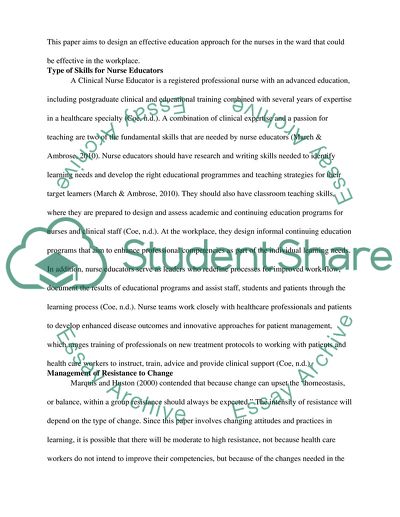Cite this document
(“Effective staff development programme for nurses Research Paper”, n.d.)
Effective staff development programme for nurses Research Paper. Retrieved from https://studentshare.org/nursing/1592483-effective-staff-development-programme-for-nurses-transforming-nurses-into-competent-practitioner
Effective staff development programme for nurses Research Paper. Retrieved from https://studentshare.org/nursing/1592483-effective-staff-development-programme-for-nurses-transforming-nurses-into-competent-practitioner
(Effective Staff Development Programme for Nurses Research Paper)
Effective Staff Development Programme for Nurses Research Paper. https://studentshare.org/nursing/1592483-effective-staff-development-programme-for-nurses-transforming-nurses-into-competent-practitioner.
Effective Staff Development Programme for Nurses Research Paper. https://studentshare.org/nursing/1592483-effective-staff-development-programme-for-nurses-transforming-nurses-into-competent-practitioner.
“Effective Staff Development Programme for Nurses Research Paper”, n.d. https://studentshare.org/nursing/1592483-effective-staff-development-programme-for-nurses-transforming-nurses-into-competent-practitioner.


